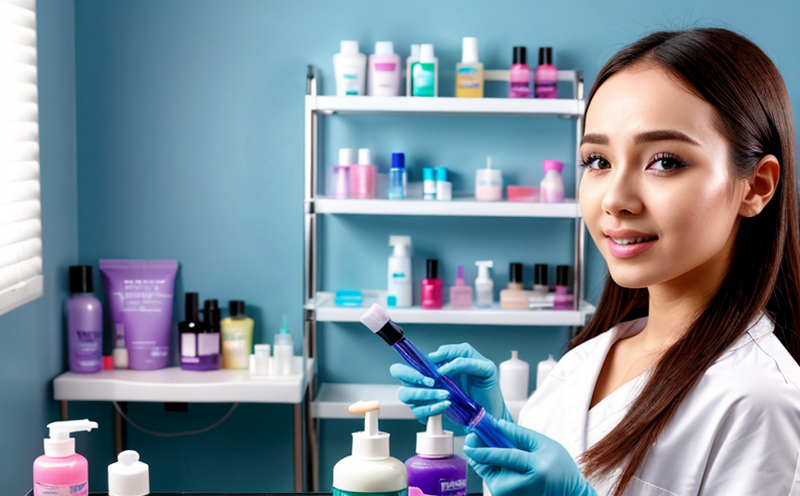ISO 16212 Yeast and Mold Enumeration in Cosmetics
The ISO 16212 standard is a critical tool for quality managers, compliance officers, R&D engineers, and procurement teams within the cosmetic industry. This method provides standardized procedures to enumerate yeast and mold species in cosmetic products. The enumeration of these microorganisms is essential because they can significantly impact product stability, safety, and shelf life.
The process outlined by ISO 16212 involves several steps including sampling, preparation, inoculation on selective media, incubation, and counting colonies. Yeast and mold are known for their ability to grow under a variety of conditions and in diverse environments. In cosmetics, these microorganisms can cause spoilage if not controlled effectively.
Sampling is the first step where specific quantities of cosmetic products like shampoos, lotions, or serums are collected under aseptic conditions. Proper sampling ensures that the sample accurately represents the entire batch produced. Once collected, the samples undergo preparation processes such as homogenization to ensure uniform distribution and sterility checks.
After preparation, the samples are inoculated onto selective media designed to favor yeast and mold growth while inhibiting bacteria. This step is crucial in isolating the specific microorganisms of interest. The plates are then incubated under controlled conditions typically at 25°C for up to 14 days. During this time, colonies develop which can be counted manually or with automated colony counters.
The enumeration results help determine whether the product meets industry standards and regulatory requirements regarding microbial content. Compliance with ISO 16212 ensures that cosmetic products are safe for consumers, reducing the risk of adverse reactions due to contaminated products.
| Industry Applications | Use Cases |
|---|---|
| The standard is widely used in quality control laboratories within the cosmetics sector to ensure product safety and efficacy. | To monitor shelf life, stability studies, and batch-to-batch consistency. |
| Aids in formulation development by identifying potential contamination issues early in the process. | Used during recalls or when there are consumer complaints about product spoilage. |
Use Cases and Application Examples
- Monitoring of raw material suppliers to ensure incoming materials meet yeast and mold standards.
- In-process monitoring during production to catch any contamination issues early.
- Post-production quality checks to confirm that the final product meets safety and efficacy criteria.
| Use Cases and Application Examples |
|---|
Monitoring of raw material suppliers to ensure incoming materials meet yeast and mold standards. |
In-process monitoring during production to catch any contamination issues early. |
Post-production quality checks to confirm that the final product meets safety and efficacy criteria. |
The ISO 16212 standard plays a vital role in ensuring that cosmetic products are safe for consumers. By adhering to this protocol, manufacturers can prevent potential health hazards associated with microbial contamination. This method ensures consistency across batches and helps maintain the quality and reputation of the brand.
Benefits
The implementation of ISO 16212 brings several benefits to cosmetic companies:
Enhanced product safety: By accurately enumerating yeast and mold, potential health risks are minimized.
Improved brand reputation: Consistent quality ensures customer satisfaction and trust.
Regulatory compliance: Meeting international standards reduces the risk of legal issues.
Cost savings: Early detection of contamination can prevent costly recalls and product wastage.
In summary, ISO 16212 is a cornerstone in ensuring cosmetic products are safe for use. It supports quality control efforts by providing clear guidelines that enhance the overall safety and efficacy of cosmetics.





